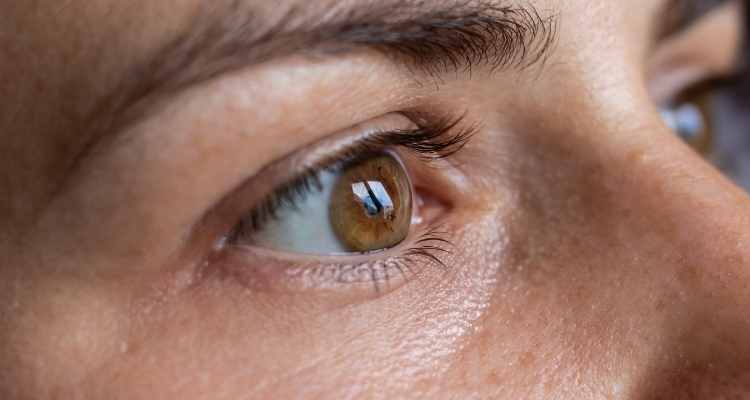Keratoconus is an eye disease that affects the cornea, the clear covering on the front of the eye. The disorder causes abnormal thinning of the cornea and results in irregular astigmatism. In Philadelphia, thousands have suffered vision loss or impairment due to the disease. The exact cause for keratoconus is unknown, but it has been associated with such things as heredity, eye rubbing, and atopic conditions. Even though keratoconus in Philadelphia is a common problem, you should always seek medical attention.
What Are The Symptoms?
The symptoms of keratoconus include:
- Blurred near vision
- A progressive blurring that does not seem to be correctable with glasses or soft contact lenses
- Double vision or ghost images in the affected eye(s)
- Decreased night vision and glare
- Halo from on-coming headlights or other bright lights
As it progresses, the cornea bulges forward and causes a cone-like protrusion into the eye instead of being more rounded (as is typical). The degree of vision loss varies among patients, however, most experience some decline in their vision, even with glasses or soft contact lenses.
Causes of Keratoconus
The exact cause of keratoconus is unknown. One of the most common explanations is that it runs in families. Collagen abnormalities have been discovered in some patients. They are said to lead to the thinning and protrusion of the cornea. However, there are many cases where no collagen defects exist, and these specific genetic factors have not been identified yet. This disease also tends to affect more men than women, with a ratio of ten to one respectively.
How Is It Diagnosed?
Eye care professionals may diagnose keratoconus by using an instrument called a slit lamp; it uses light to examine the front of the eye and is usually combined with another diagnostic tool, called a tonometer, that measures the eye’s internal pressure. Many times keratoconus is diagnosed during routine eye exams.
What Is The Treatment?
In cases of mild keratoconus, glasses or soft contact lenses may correct vision back to normal. However, rigid gas permeable (RGP) contacts are usually the first treatment choice in more severe cases. They provide a sharper image and help to flatten out the cone-like curve in the cornea.
When Is Surgery Needed?
If an individual has significant blurriness in their vision despite correction with hard contacts, surgery may be necessary. It may be the only way to improve the vision problem. Advanced procedures such as corneal transplantation or implantation of an artificial cornea (keratoprosthesis) are currently being used by some surgeons in select cases of severe keratoconus.
Is There A Cure?
At this time, there is no actual cure for keratoconus. However, in most cases, the progression of the disease can be slowed, and, in some cases, halted with proper treatment.
Without treatment, the disease will continue to worsen and may eventually cause blindness. Reshaping and strengthening the cornea is necessary and must be done before total blindness occurs.
If you suspect that you may have keratoconus, you’d be wise to seek the opinion of a doctor as soon as possible. They will examine you and suggest a treatment option that suits your needs.

